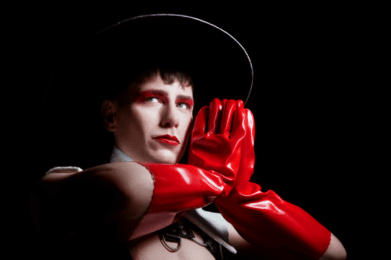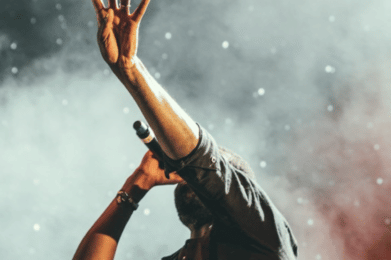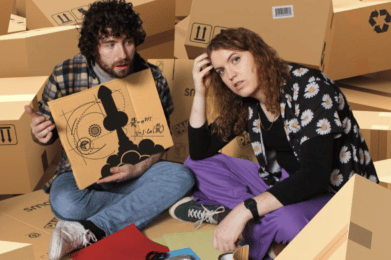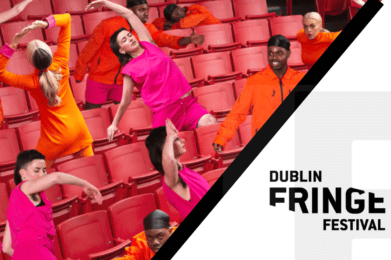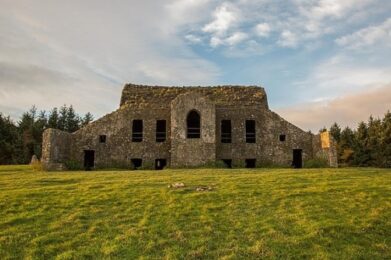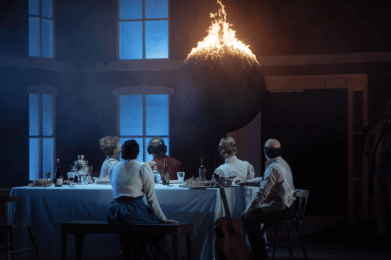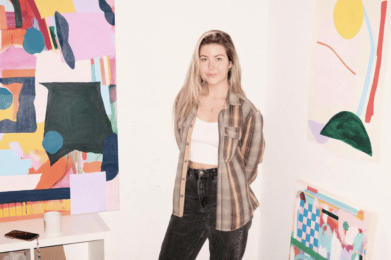
Interview with Owen de Forge: “I find shapes to be immensely powerful tools for conveying emotion, heavily utilised in abstract painting but also subtly present in all visual art.”
Owen de Forge, an Irish visual artist, known for his figurative painting and his unconventional canvas structures, Here, we talk to him about all things art, his animation background and his upcoming projects.
Tell us about yourself!
I’m a figurative painter from Dublin. I’ve been working as an artist since graduating in 2019. I paint to process moments from my life. I work quite slowly, so making work gives me a lot of time to daydream and reflect on my relationships, human behavior, and how we interact in the world.
Tell me about your art and your art process.
Most of my ideas for paintings come from memories. I take a lot of photos so that I can always find a visual reference for a moment, but the photo on its own rarely captures how the moment feels. That’s where paint comes in. I interpret the photograph through paint, selectively rendering certain areas and letting others become vague or abstracted. I leave my memory on the canvas, my own heavily subjective point of view.
I read you studied animation before you began painting full-time. What did you love about animation? How was this transition?
That’s right, I always loved animated films growing up and in my late teens I started watching a lot of experimental animation and reading graphic novels. I was drawn to how animators use body language to convey powerful emotion in their drawings. I found drawing from life really challenging and fascinating. I was quite intimidated by painting. I thought you had to have a special gift for it.
I had a painting module in my first year of college and the teacher did an excellent job of teaching simple techniques and demystifying the whole process. Once I understood the basics I started to really enjoy it and I realised I could become good at it with a lot of practice. I painted a lot in my free time throughout college and by the time I graduated it was all I wanted to do.
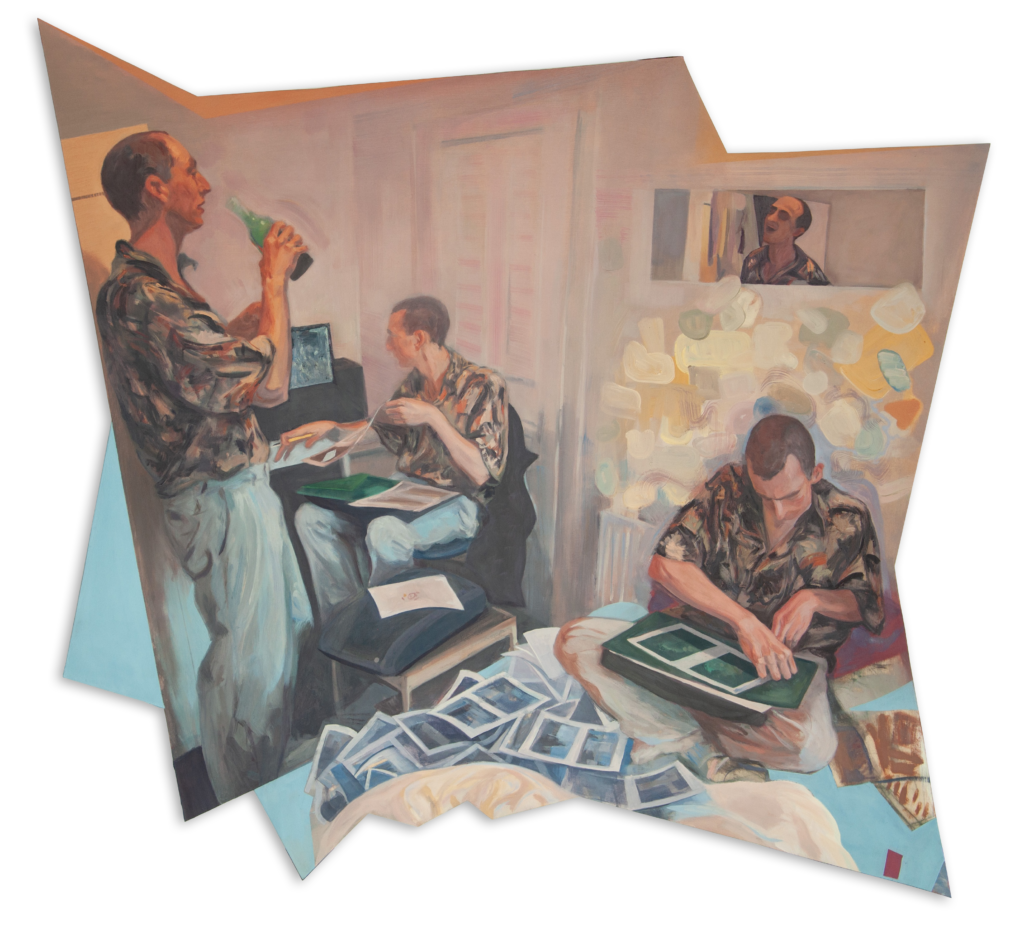
I love your figurative paintings! How do you choose someone to paint?
I’m not always sure what makes me want to paint someone. It could be something in the way they carry themselves or their style that appeals to me. I’m not picky about who I paint though. As long as someone is able to be vulnerable and authentically themselves I can always find something about them worth painting. It takes a huge amount of courage to let yourself be scrutinised like that. I really appreciate the trust people have in letting me paint them.
Your recent paintings are not subjected to the conventional rectangular canvas. What is the reason for this?
Initially it was just a question of ‘why not?’
I started to think it was weird that most paintings are rectangular. I got very curious about the shape in general, googling the history of geometry and not understanding much of what I found. You never see rectangles in nature do you? Only on a microscopic level like with certain crystals. I thought about being constantly boxed in by rectangles. Does this affect the way our brains develop?I have an absurd number of unanswered questions about rectangles. If anyone knows more about this could they please reach out to me?
Artistically anyway I find shapes to be immensely powerful tools for conveying emotion, heavily utilised in abstract painting but also subtly present in all visual art. We instinctively associate sharp angles and straight edges with pain and rigidity, while rounded shapes feel soft and comfortable. This seems to be universal across all cultures.
To be clear I don’t have anything against rectangles on principle. I now completely understand their utility after making some very unwieldy paintings, but I feel compelled to explore the infinite potential of shape as a compositional variable.
Were there any specific influences that helped mold your artistic style?
Egon Schiele was one of the first artists that got me excited about making art. His paintings have a sensitivity that finds a unique spirit in everyone he paints. His expressive observations are a marriage of what he sees and what he feels. Every painting is a sort of self portrait. That kind of subjectivity is definitely something that inspired my approach to painting.
What is a memorable painting you’ve ever worked on?
I did a painting last year called ‘Still Climbing Trees’. It’s a self portrait but only my legs and hands are visible. The shape and colours are distorted in a way that feels very personal to me. The main appeal is that I’m climbing a tree in the painting, an activity that I’ve always been fond of and hope to keep doing well into old age. Secondly it takes place at night, outside of normal tree climbing hours, and it’s cropped so close that there’s no context to explain the situation. For me it captures how it feels to be between waking and dreaming, and shows something of myself that can’t be put into words. For selfish reasons it would have to be my favourite.
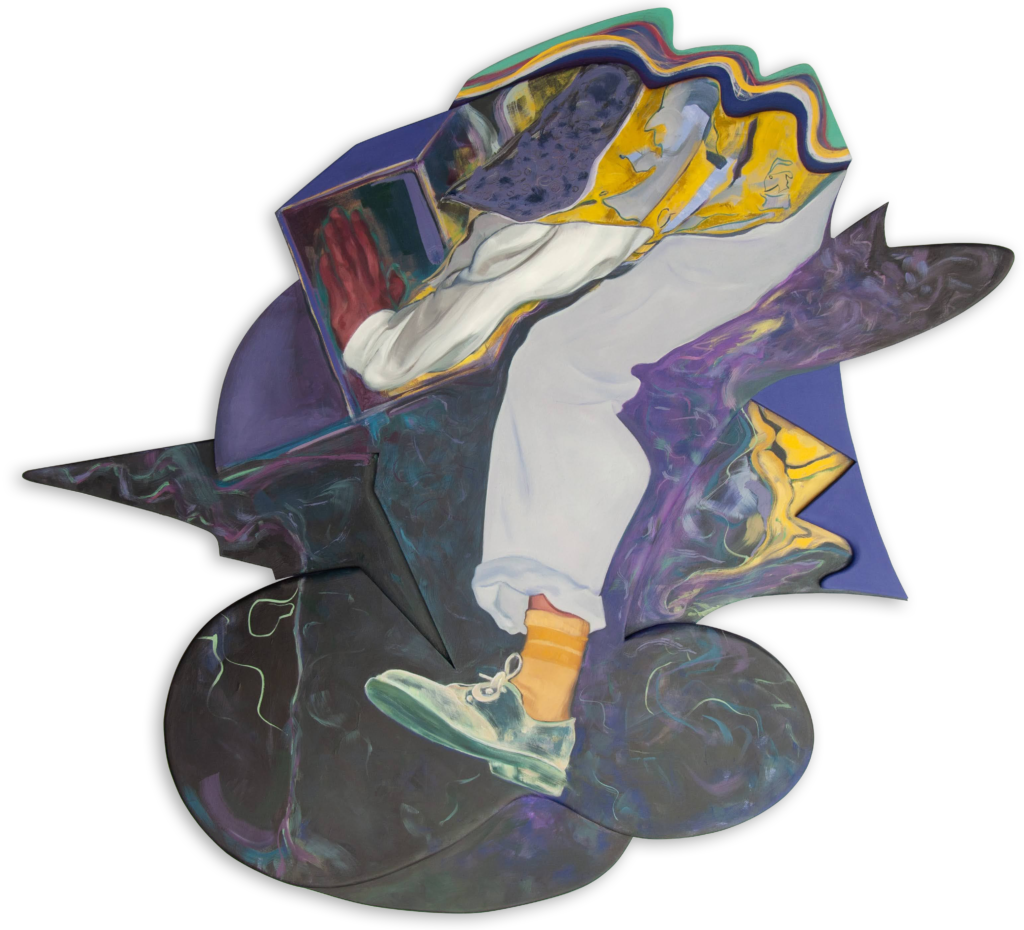
What is something you’ve always wanted to do in your art career?
To paint what I want, as much as I want and not have to worry about money.
Are you working on anything at the minute that you’d like to share to us?
I will be in a group show at Outset Gallery in Galway opening August 19th. It’s a new gallery run by talented, passionate people and I’m excited to be involved. Check it out if you have the chance!
I’m currently in a year-long residency with The Dean Art Studios in Chatham Row. It’s the first time I’ve had the space to experiment as much as I want and make really ambitious work. Expect a body of work of unprecedented scope and quality sometime next year.
To contact or learn more about Owen de Forge’s work follow him on social media and check his website:
website: Owen de Forge
Instagram: @odeforge
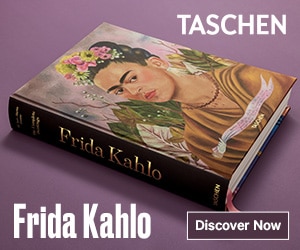

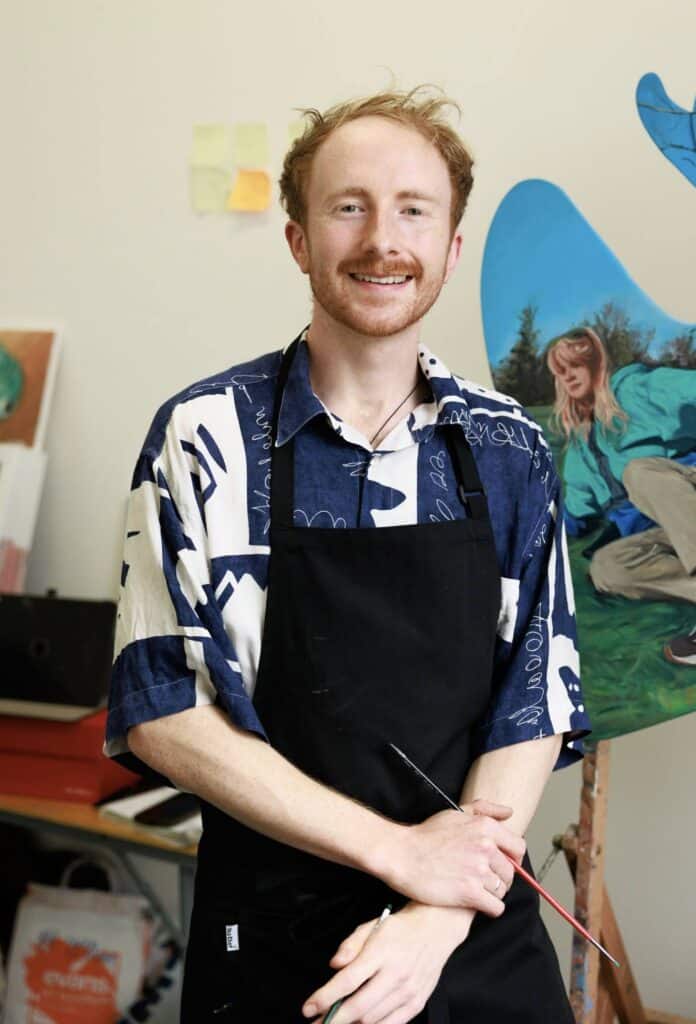
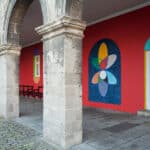
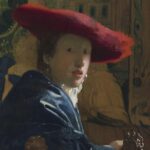

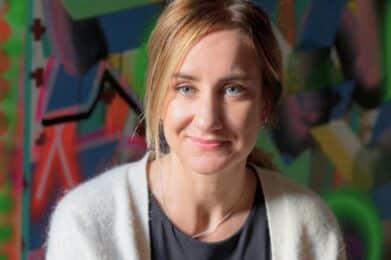
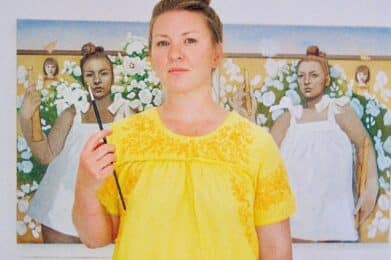
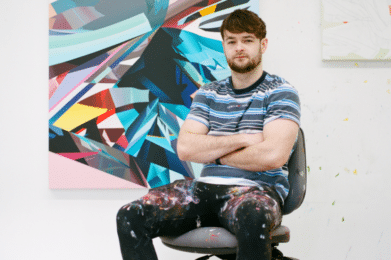

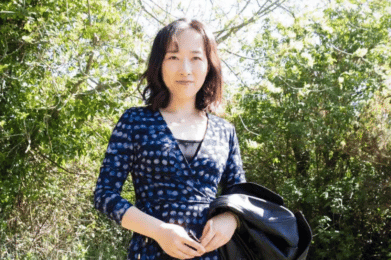



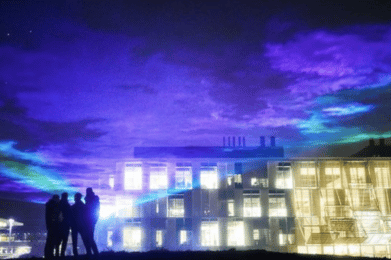


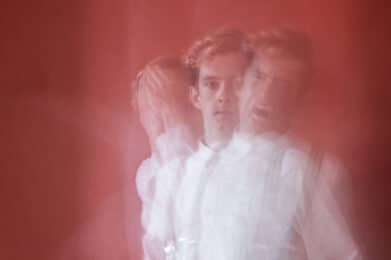
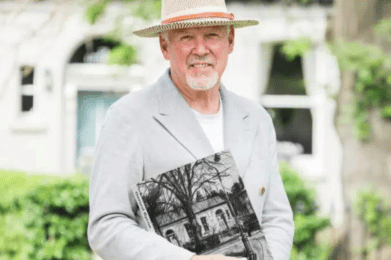

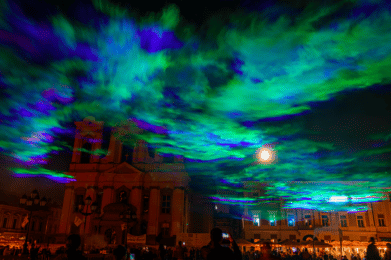

![Conversation with Maser: “I found graffiti definitely was the vehicle for me to be able to really explore what I wanted to do, meet similar peers that had the same sort of mindset as me […]”](https://dublinartlife.com/wp-content/uploads/2022/09/DAL-Interview-4-391x260.png)
